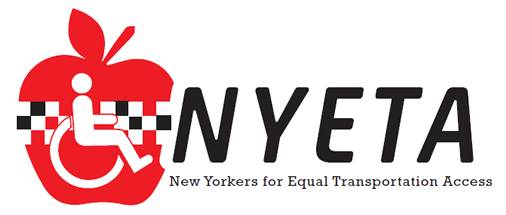From Re/Code:
Lyft is gaining momentum in a key market for the company and its more established competitor, Uber.
According to figures the company provided to Re/code, Lyft has seen its driver pool grow by a factor of four and has seen six times the number of active weekly riders in New York since May 2015. In February of this year, Lyft drivers in New York performed six times the total number of rides they performed in May 2015, the company said.
The company declined to give whole figures for how many drivers and rides it has in New York.
Put in context, those numbers alone don’t have a significant bearing on the Lyft-Uber battle for New York, but it’s a clear indicator that New York riders and drivers have warmed up to the pink-mustachioed ride-hailing company despite Uber’s first-mover advantage.
The growth in riders is in part a result of the recent fare cuts Lyft implemented across 33 cities, including New York (following Uber’s fare cuts in more than 80 cities), but it also follows the company’s increased investment in its marketing efforts both in terms of staff as well as in promotions and ad buys.
On the other hand, for drivers — some of whom drive for both Uber and Lyft — it’s all about where the demand and, consequently, the income is. Lyft’s East Coast regional director Evan Cohen says the company has continued its investment in driver programs such as its so-called “power bonus,” for which Lyft only takes a smaller weekly commission or none at all, depending on how many hours a driver works.
But Cohen concedes that Lyft, which officially launched in New York 18 months ago, initially underinvested in the New York market. “We had to start from scratch here,” he said. “It’s really only been a year that we started investing in the team and driver-support programs.”
Competing for market share is an endless balancing act for companies like Lyft and Uber. Cohen, pointing to a recent survey conducted by ride-share blogger Harry Campbell, says that 80 percent of drivers prefer driving for Lyft over Uber.
Despite the fact that both Lyft and Uber cut their fares earlier this year, translating into lower pay per ride, drivers preferred working for Lyft because of added features like tipping, according to Cohen.
But in order to capitalize on those numbers, Lyft has to ensure that those drivers have enough rides. For now, Lyft’s rider base is growing faster than the amount of drivers, which results in drivers spending more hours on the Lyft platform. The average estimated time of arrival has also gone down from an average of six minutes to an average of three minutes in tandem with this growth.
Profitability, however, doesn’t necessarily go hand in hand with growth, particularly when a company is pouring resources into subsidizing rides in order to facilitate that growth. When asked whether this growth translates into profits, Lyft declined to provide specific numbers.
What is known, however, is that, to date, Lyft has raised more than $2 billion and was most recently valued at $5.5 billion.
Additionally, Lyft painted a clearer picture of its nationwide operations. In the U.S., Lyft’s 315,000 active drivers performed seven million rides a month and serviced five million active passengers. At last count, in December 2014, Uber performed one million rides a day.
Read more from Re/Code


Recent Comments